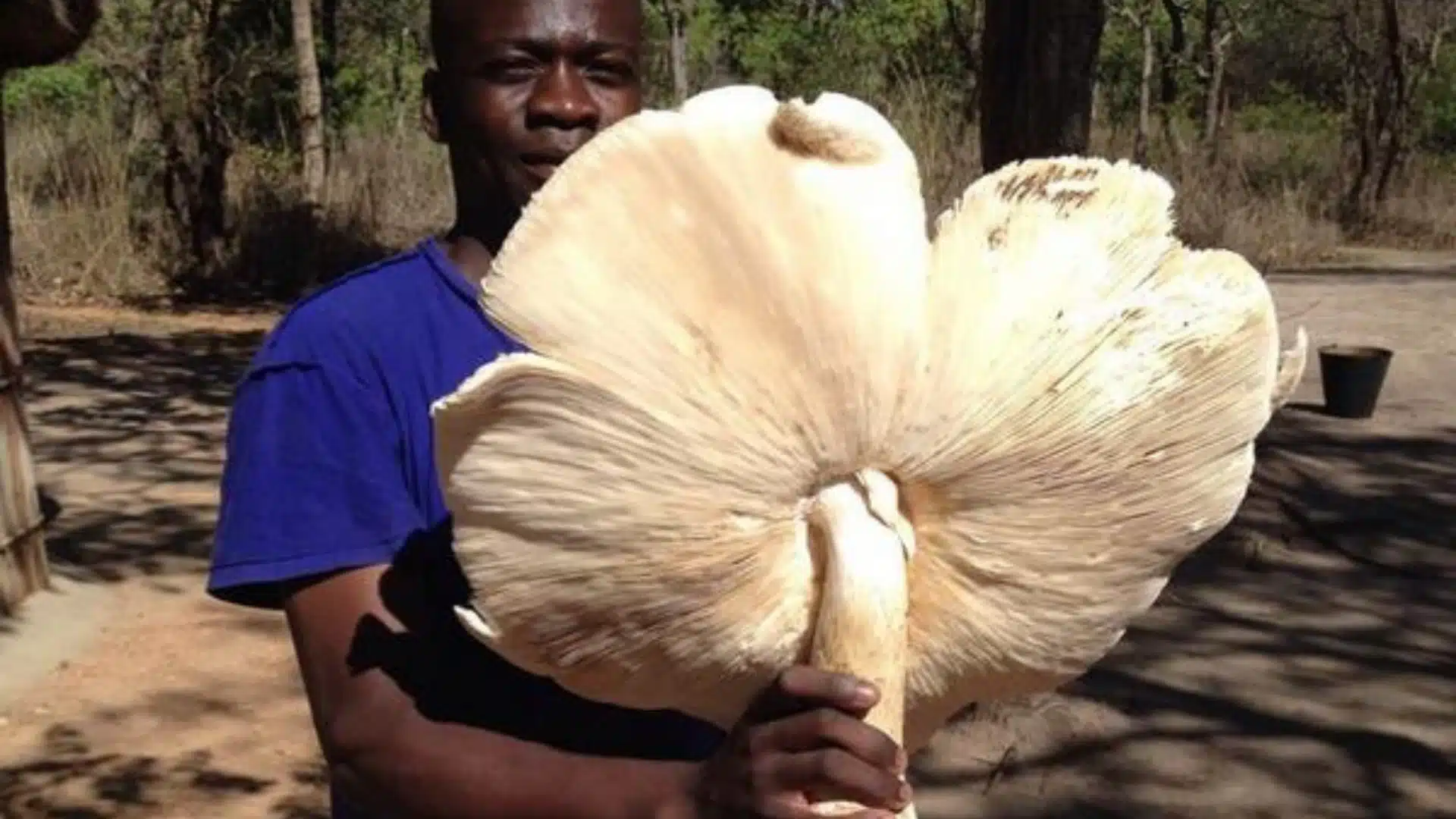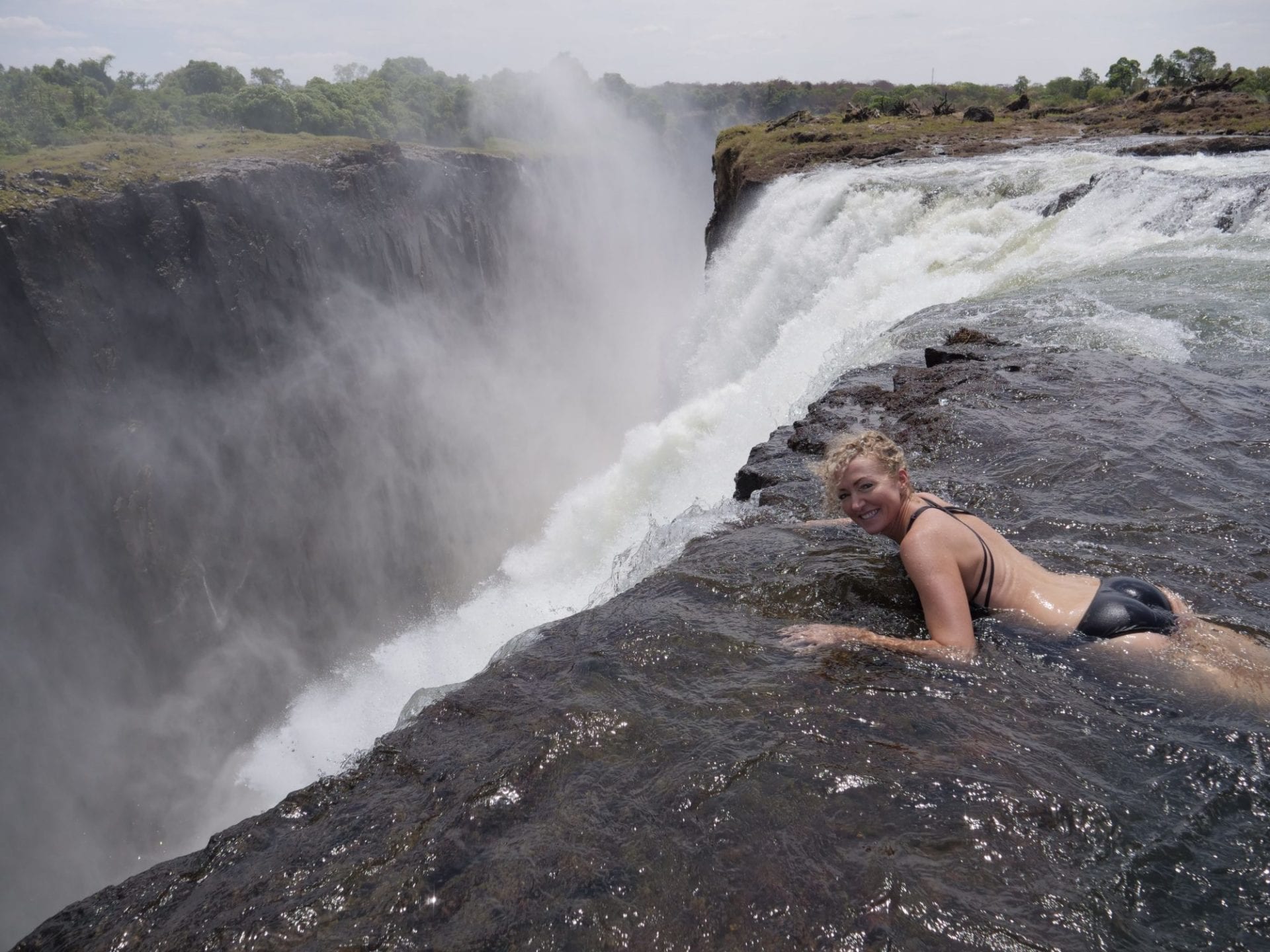Director Ryan Coogler overheard a Zambian actor talking about his home country on the Black Panther set.
He immediately knew he had to incorporate aspects of this land into the film.
It was a decision he would not regret. Because, if you want to portray the essence of Africa Zambia makes for an incredibly astute movie model. Not only does it embody the truth of that wild Africa people dream of but Zambia also has much that is quite unique.

About Poverty
Zambia has no dictator and no child soldiers, people do not disappear in the night and elections are pedestrian with no one beaten or tortured. Serious crime is not an everyday occurrence.
Zambia is the good land amidst neighbors who make the news for corruption and infighting. In Zambia the religious groups are quite tolerant of each other and so are the various ethnicities (there has been very little historical fighting or warmongering here). And yet, most of the 14 million inhabitants live on less than $1 per day. HIV is prevalent and 40% do not have access to clean drinking water.
The problem is the fact that the economy of Zambia is married to the world price of copper and until it diversifies successfully this is how it will remain.
Taking this into account, tourism provides an incredible economic boost for Zambia.
The Big, the Tiny, the Magical and the Utterly Bonkers
Tiny termites make their nests in the ground and then they build a complex mound of air tunnels to aerate their home. In Zambia, the termite hills become as big as a small house. These mounds, after they are abandoned by the termites, can be hollowed out and become excellent ovens for pizza and bread and cakes etc.
The country also features the largest mushrooms on the planet. They can grow to nearly a yard in diameter. And they are absolutely delicious cooked with a little garlic and lemon juice.

The country is one of the world’s poorest countries in spite of being a successful democracy and the world’s fifth largest copper producer. Copper and iron have been mined in Zambia for over 2000 years. Copper is also the reason for Zambia’s very distinctive shape as the British and the Belgians tried to outsmart each other to retain most of the mineral for themselves.
Zambia is the only country to start the Olympics as one country and finish it as another. In 1964, decades of discontent with British rule, including the flight of all that copper revenue, culminated in a vote for independence. Athletes arrived in Tokyo as Northern Rhodesians and left as Zambians.
There are 20 National Parks but no environmental lawyers.
During the Kuomboka ceremony, the king of the Tokaleya packs up his court and sails in a canoe from his dry season home to his wet season home on higher ground. People arrive from all over the world to watch the spectacle.

Victoria Falls is home to the world’s only permanent rainforest. It is also one of the few places on earth where you can see both circular rainbows and moonbows.

The world’s highest and most dangerous infinity pools lie at the top of Victoria Falls and are known as the Devil’s Pool and the Angel’s Pool.

In Chinsali you can visit a secluded natural oasis deep within a rainforest trail known as the Kapishya Hot Springs.

Lusaka has a National Museum Exhibit dedicated to the witchcraft of Zambia.
In Siavongo, the petrified remains of 150 million-year-old trees stand among the houses of the local villagers and they are known as the Chirundu Fossil Forest.
It is strictly forbidden to display arrogance or quarrel near the three sacred waterfalls of Chishimba.
World War 1 officially ended in Zambia. At Chambeshi a stone memorial marks the spot where the fighting finally ceased – three days after the armistice was signed in Europe.
Kasanka is the smallest National Park in Zambia and it is also home to one of the world’s largest annual bat migrations.
If you love rock paintings then the Mwela Rock Art in Kasama will entertain you with one of the largest concentrations of rock paintings in all of Southern Africa,
Zambia also offers its share of interesting indigenous gastro adventures.
You can order your Mopane Caterpillars fried or boiled and then fried. Look for Ifinkubala on the menu. It is usually served with the national staple of Nshima which resembles fine grits – all eaten by hand of course.
If you are lucky enough to visit Zambia after the first rains you can try Inswa – flying ants that have had their wings pulled off before being fried in oil. It is a protein-rich snack and also served with Nshima.
Chibwabwa is a serving of pumpkin leaves and peanut paste.
African polony or Chikanda is vegan and made from wild orchid tubers, peanuts, chili, and baking soda.
Kapenta are small fish similar to whitebait or sardines and whole bream is also popular.
Fruit grow everywhere and if you can beat the monkeys, the elephants, and the children to it you will enjoy incredible papaya, mangoes, bananas, and avocados.
The Vitumbuwa fritters, sprinkled with sugar and served around tea time are delicious.
Michopo is barbequed meat. Enjoy it with a Mosi (the local beer) or Chibuku (maize beer)


